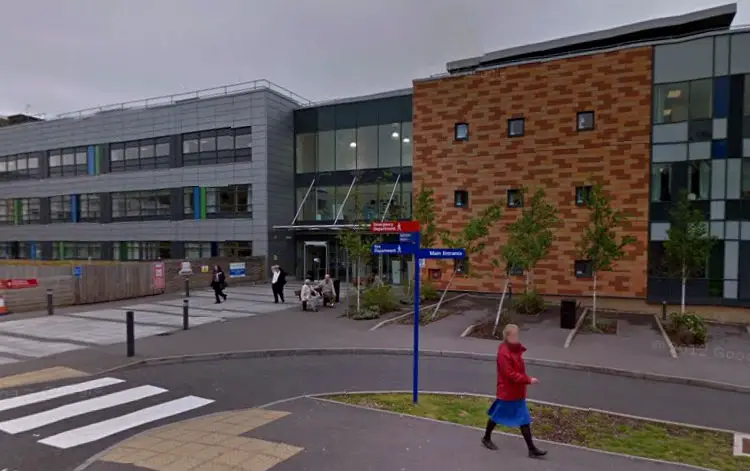This in from John on behalf of the CQC. Islanders are more likely to attend St Mary’s A&E, but for those who work in Portsmouth, this may be of interest. Ed
England’s Chief Inspector of Hospitals has said that he is satisfied that urgent improvements have been made at Portsmouth Hospitals NHS Trust Accident and Emergency wards after a follow up inspection by the Care Quality Commission. However, the trust still has more work to do.
The team of inspectors and specialists visited Queen Alexandra Hospital on 25 April 2015 to check that the trust had taken action to address the CQC’s most urgent concerns.
Warning notices issued
Following the initial inspection in February, CQC issued two warning notices to the trust requiring immediate improvements to be made in the Emergency Department to the initial assessment of patients, the safe delivery of care and treatment, and the management of emergency care.
Inspectors returned on 25 April and recognised that improvements had been made and that the warning notices had been met.
The Chief Inspector of Hospitals, Professor Sir Mike Richards, said:
“At our last inspection our most urgent concern at Portsmouth Hospitals NHS Trust was the risk to patients arriving by ambulance. We took proportionate action to protect patients and subsequently Portsmouth Hospitals NHS Trust has worked to address our most serious concerns.
“While I note that there have been some significant improvements, some patients are still having to wait too long to be admitted and I expect the trust to address this as a priority. Our inspectors will return in due course to check progress in this area.”
Staffing levels improved
On the latest inspection, CQC found that patients arriving by ambulance were being assessed within 15 minutes by a nurse. Staffing levels had improved taking into account the increase in the number of patients and the need for skilled and experienced staff to be present in the department overnight. Nurses were now allocated to the corridor areas in the Emergency Department organising activity to avoid the disorder that inspectors had previously seen.
But there were still delays for patients waiting to see specialist doctors and be admitted even at times when beds were available in the hospital. These delays in admissions meant that the department was often full and posed a risk to patients. Patients brought in by ambulance continued to wait in a corridor, some for over an hour.
Although there had been improvement in staffing levels, patients waiting in corridors were not always being observed and monitored when staff were on breaks. Nurse staffing levels had not been assessed for the ambulance area.
Areas for improvement
The inspection reports highlights four areas for improvement, including:
- Patients must be appropriately monitored at all times by sufficient numbers of staff in the Emergency Department to ensure they receive appropriate care and treatment.
- Patients in the ambulance streaming area must have access to sufficient essential equipment and have a means of calling for help when necessary.
- There must be a risk assessment of the ambulance streaming area. The new referral and admission process must work effectively for the timely assessment and admission of patients and to prevent overcrowding in the ED.
- CQC inspectors will continue to monitor the trust, returning unannounced in the future to check that the required improvements have been made.
About the Care Quality Commission
The Care Quality Commission (CQC) is the independent regulator of health and social care in England. We make sure health and social care services provide people with safe, effective, caring, well-led and responsive care, and we encourage care services to improve. We monitor, inspect and regulate services to make sure they meet fundamental standards of quality and safety and we publish what we find to help people choose care.
The report
Image: © Google Streetview





